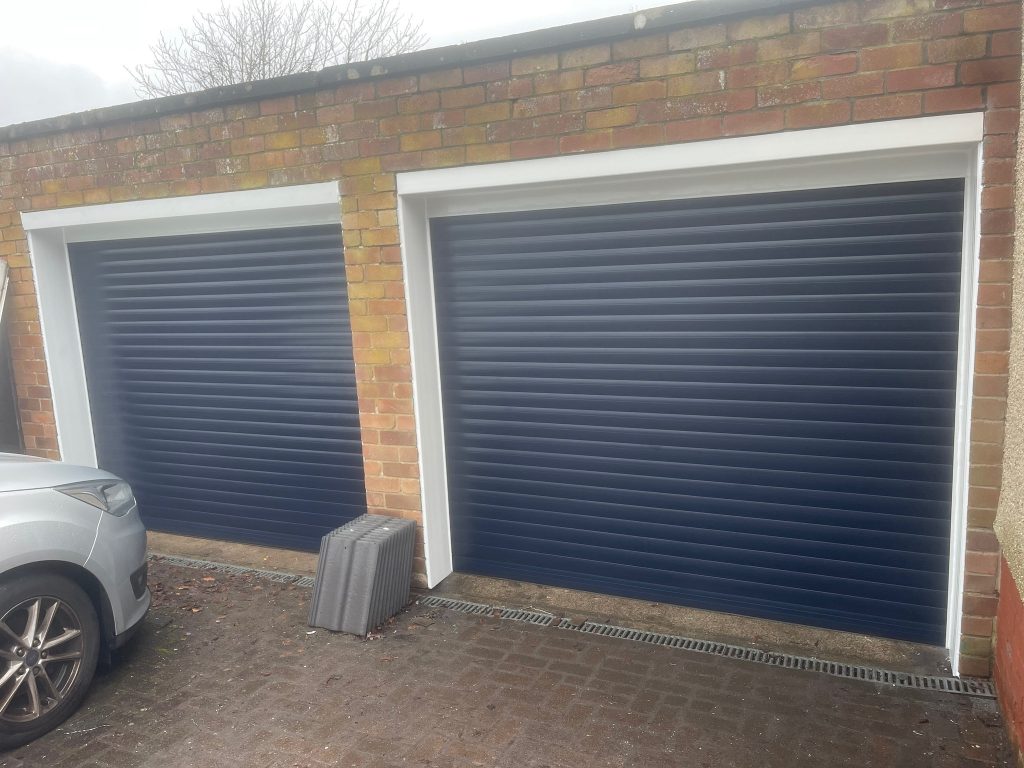The garage door is a vital part of your home, providing security for your car and additional storage space. A malfunctioning garage door opener or a damaged door itself can be a major inconvenience. This comprehensive guide will equip you with the knowledge to troubleshoot common garage door problems, explore DIY repairs, and know when to call a professional for garage door repair.
Understanding Garage Door Openers
Garage door openers come in various types, each with its own advantages and considerations:
- Screw Drive:
The most common type, known for its reliability and durability. It uses a screw to convert motor power into vertical motion to lift the door.
- Chain Drive:
A more affordable option that utilizes a chain to move the trolley. Regular maintenance like chain lubrication is crucial.
- Belt Drive:
The quietest option, ideal for attached garages near living spaces. It uses a reinforced belt for smooth operation.
DIY Garage Door Opener Troubleshooting
Before calling a professional, there are some basic checks you can perform to diagnose the issue:
- Power Source:
Ensure your opener is plugged in and the outlet is functioning. Check for tripped breakers or blown fuses.
- Remote Control:
Replace the battery in your remote and confirm it’s programmed correctly. Some openers have a “learn” button for easy programming.
- Sensors:
Modern openers have safety sensors that prevent the door from closing on obstructions. Clean the sensor lenses with a soft cloth. Misaligned sensors might require adjustment. Refer to your opener’s manual for specific instructions.
- Limit Switches:
These determine the travel distance of the door. Consult your manual for adjustment procedures, but if these seem complex, it’s best to call a professional.
Simple Garage Door Repairs You Can Tackle
If troubleshooting doesn’t solve the problem, here are some minor repairs you might be able to handle yourself:
- Lubrication:
Regular lubrication of the screw, chain, or belt (depending on your opener type) is essential for smooth operation. Use a silicone-based lubricant specifically designed for garage doors.
- Loose Hardware:
Over time, screws and bolts can become loose. Tighten them using the appropriate tools, but avoid over-tightening.
- Broken Roller:
Worn-out or broken rollers can cause the door to become unbalanced. These are typically easy to replace. You’ll find replacement rollers at most hardware stores.
When to Call a Garage Door Repair Professional
For complex repairs or safety concerns, it’s best to call a qualified garage door repair technician. Here are some signs to watch out for:
- Broken Spring:
Garage door springs are under immense tension and can be dangerous to replace without proper training. A broken spring can render the door inoperable and pose a safety hazard.
- Off-Track Door:
A misaligned door can become jammed or damaged. Unless you’re comfortable working with the heavy door and springs, leave this to a professional.
- Electrical Issues:
If the problem involves the motor, circuit board, or wiring, it’s best to call a qualified electrician to avoid the risk of electrical shock.
Finding a Reputable Garage Door Repair Company
- Get recommendations:
Ask friends, neighbors, or your local hardware store for recommendations on reliable garage door repair companies.
- Check online reviews:
Read reviews on platforms like Google My Business or the company’s website to gauge customer experiences.
- Insurance and licensing:
Ensure the company is licensed, insured, and bonded for your protection.
- Upfront pricing:
Get a clear quote for the repair before work commences. Be wary of companies offering vague estimates.
Maintaining Your Garage Door for Optimal Performance
Regular maintenance can extend the lifespan of your garage door opener and prevent costly repairs down the road. Here’s a quick checklist:
- Visual inspection:
Twice a year, check for loose hardware, worn rollers, or any visible damage to the door or tracks.
- Lubrication:
Lubricate the screw, chain, or belt (depending on your opener type) every 2-3 months.
- Door balance test:
With the door closed, disengage the opener. The door should stay balanced halfway open. If it tilts significantly, spring adjustments might be required. This is best left to a professional.
By following these tips and performing basic maintenance, you can keep your garage door operating smoothly and safely for years to come. For complex repairs or when safety is a concern, don’t hesitate to call a qualified garage door opener garage door repair technician.

 get a quote
get a quote



 Previous
Previous